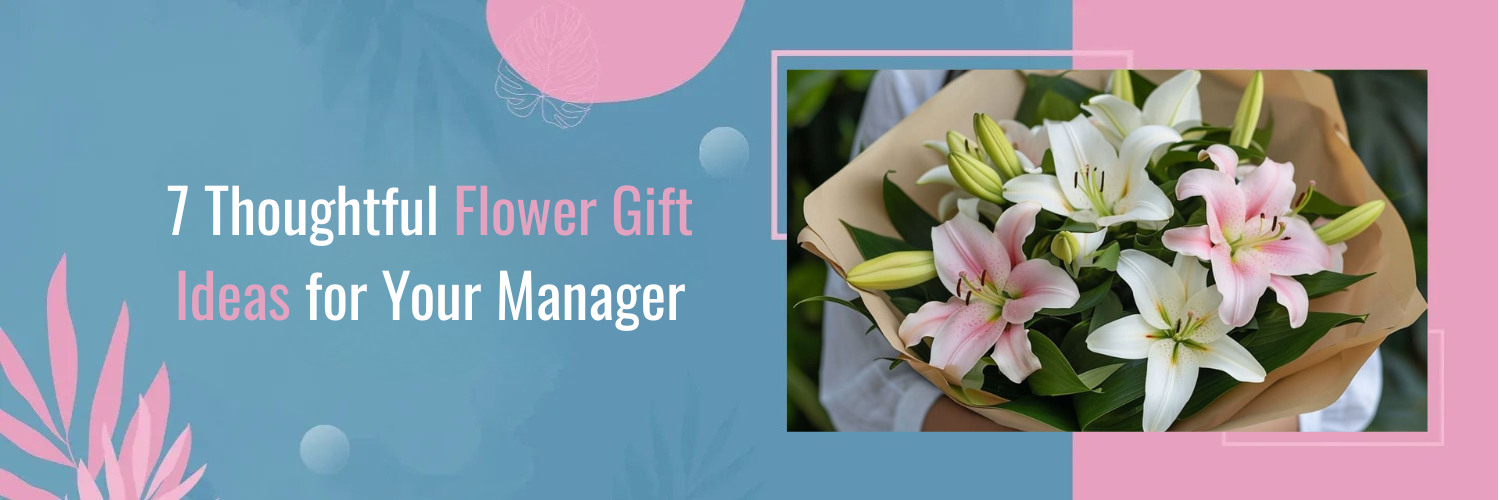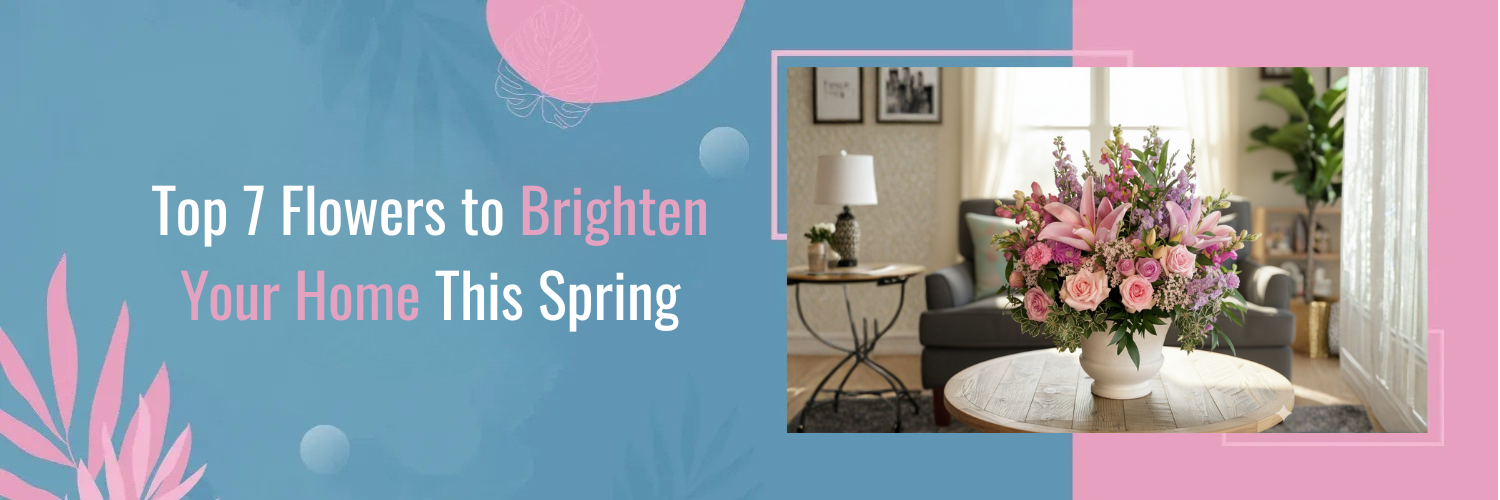Making Fresh Flowers Fresh

Fresh flowers have a timeless appeal, bringing a burst of life, colour, and scent to any space. They act as mood enhancers, room brighteners, and symbols of love and thoughtfulness.
However, the transient beauty of fresh flowers is fleeting, often lasting just a few days before wilting begins.
We’ll cover the essentials of flower care, from the biology affecting their longevity to practical tips for extending their freshness. Prepare to transform your approach to flower care and revel in the enduring beauty of your floral arrangements.
Basics of Flower Longevity

Even after being cut from their plant base, flowers continue to engage in essential life processes. Their cells remain active, absorbing water and nutrients and respiring just as they would in the garden. This post-cut activity is critical to their longevity. Certain hormones within the plants, like ethylene, also play a role in regulating their lifespan. Understanding these biological processes can better manipulate the environment and care techniques to favour extended flower freshness.
Factors Affecting Flower Longevity

Species and Varieties
Not all flowers are created equal when it comes to their shelf life—some species naturally last longer after cutting than others due to inherent genetic and structural differences. For instance, carnations may outlast delicate poppies, and understanding these variances can guide your selection for longer-lasting arrangements.
Cut Timing and Techniques
The timing of when flowers are cut from the plant can significantly affect their vase life. Flowers cut during the proper stage of bloom and at the right time of day can have extended longevity. Coupled with the techniques used to cut the stems, which can either enhance or hinder water uptake, this knowledge is vital for flower longevity.
Initial Flower Condition and Health
The initial quality and health of flowers when purchased or cut can set the stage for how long they will last. Flowers that are vibrant, free of pests, and diseases, and have been properly hydrated from the start tend to last much longer.
Proper Cleaning and Pruning Techniques

Ensuring your flowers have the best chance at a prolonged life starts with how you prepare them for the vase.
Step-by-Step Guide to Pruning
Pruning is about more than just aesthetics; it’s a practical way to increase the surface area for water intake and remove any foliage that would otherwise sit below the waterline, which can harbour bacteria.
Cleaning Vases and Tools
Bacteria and fungi are the nemeses of fresh flowers, potentially clogging stems and reducing their lifespan. Starting with a sterile vase and using clean-cutting tools can prevent the introduction of harmful microorganisms.
Water Quality and Maintenance

Water is the lifeblood of cut flowers, and its quality and maintenance are paramount.
The Role of Water Temperature
Using water at the right temperature can stimulate water uptake and mimic the natural conditions flowers would experience in the early morning.
Changing Water Regularly
Regularly replacing the water in the vase provides a fresh supply of hydration and removes any build-up of bacteria that could be detrimental to the flowers’ longevity.
The Right Cut: Angles and Lengths

How you cut the stems of your flowers can greatly influence their ability to drink water.
Cutting Stems Properly
A sharp, clean cut at a 45-degree angle increases the surface area available for water absorption and prevents the stem from resting flat at the bottom of the vase, which can restrict water flow.
When to Recut Flower Stems
Re-cutting stems every few days can open up the vascular system to promote better water intake, which is often hampered by callous formation or bacterial growth.
The Ideal Location for Displaying Flowers

Light Requirements
While flowers need light to thrive, direct sunlight can accelerate wilting. Find the right balance of indirect light to keep your flowers happy without overheating them.
Avoiding Ethylene Exposure
Ethylene gas, produced by ripening fruit and dying foliage, can hasten the aging process of flowers. Keeping your flowers away from such sources can help prolong their life.
Temperature and Humidity Control
Stability in the flowers’ environment can prevent stress and slow down the aging process.
- Best Practices for Temperature Regulation:
A cooler room temperature can slow down respiration rates and extend the life of your blooms.
- Managing Humidity for Flowers:
High humidity can encourage bacterial growth, while low humidity can dehydrate the flowers. Striking the right balance is key for longevity.
When and How to Use Commercial Preservatives

Commercial preservatives are typically used in various industries such as food, cosmetics, and pharmaceuticals to extend the shelf life of products and prevent spoilage. Here are some guidelines on when and how to use commercial preservatives effectively:
- Food Industry:
Use commercial preservatives in food products that are prone to microbial growth or spoilage, such as sauces, dressings, beverages, and baked goods.
- Cosmetics Industry:
Incorporate preservatives in cosmetic products like creams, lotions, and makeup to prevent microbial contamination and maintain product stability.
- Pharmaceuticals:
Utilize preservatives in pharmaceutical formulations like liquid medications and injections to ensure product safety and efficacy.
- Follow Manufacturer Guidelines:
Always follow the recommended usage levels and guidelines provided by the preservative manufacturer. Using too little may not provide adequate protection, while using too much can lead to adverse effects.
- Mixing and Dissolving:
Properly mix and dissolve the preservative in the product formulation according to the manufacturer’s instructions. Ensure thorough dispersion to achieve uniform protection.
- pH Consideration:
Some preservatives are more effective at certain pH levels. Adjust the pH of the product as necessary to optimize the preservative’s efficacy.
- Hygiene Practices:
Maintain strict hygiene practices during product manufacturing to minimize the risk of contamination, which can reduce the effectiveness of preservatives.
- Storage Conditions:
Store products containing preservatives in appropriate conditions, such as cool temperatures and away from direct sunlight, to preserve their efficacy over time.
- Regular Testing:
Conduct regular microbial testing to monitor the effectiveness of preservatives and ensure product safety throughout shelf life.
Choose Bourkes Florist for Your Floral Needs
With Bourkes Florist
, you can ensure your flowers stay vibrant and fragrant for as long as possible. Don’t let your beautiful blooms fade too soon—order now and let Bourkes Florist deliver a lasting floral masterpiece to your doorstep. Shop now!
FAQs
Q: What Is the Average Lifespan of a Bouquet of Fresh Flowers?
The lifespan of a bouquet can vary greatly, ranging from 5 to 14 days, depending on the flower types, care, and environment.
Q: How Often Should I Change the Water in My Flower Vase?
Ideally, water should be changed every two to three days to prevent bacterial growth and ensure optimal hydration.
Q: Can I Use Regular Sugar as a Preservative for My Flowers?
Yes, sugar can act as a food source for flowers, but it must be used in the right concentration and usually in combination with an acidic agent and a disinfectant.
Q: What Are Some Common Household Items I Can Use to Extend the Life of My Flowers?
Household items like apple cider vinegar, bleach, sugar, and even aspirin have been used as homemade preservatives for flowers.
Q: How Do I Know if the Flowers Are Beyond Revival?
Flowers that have limp stems, discoloured or dry petals, or a foul odour are typically beyond revival and should be discarded.

























